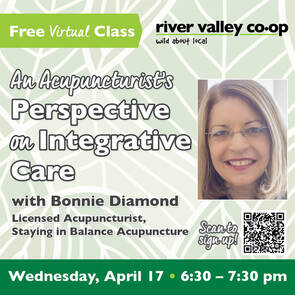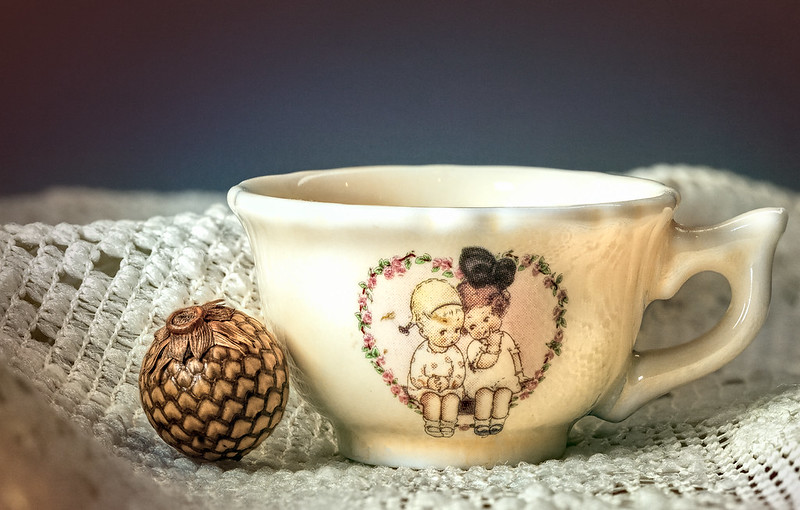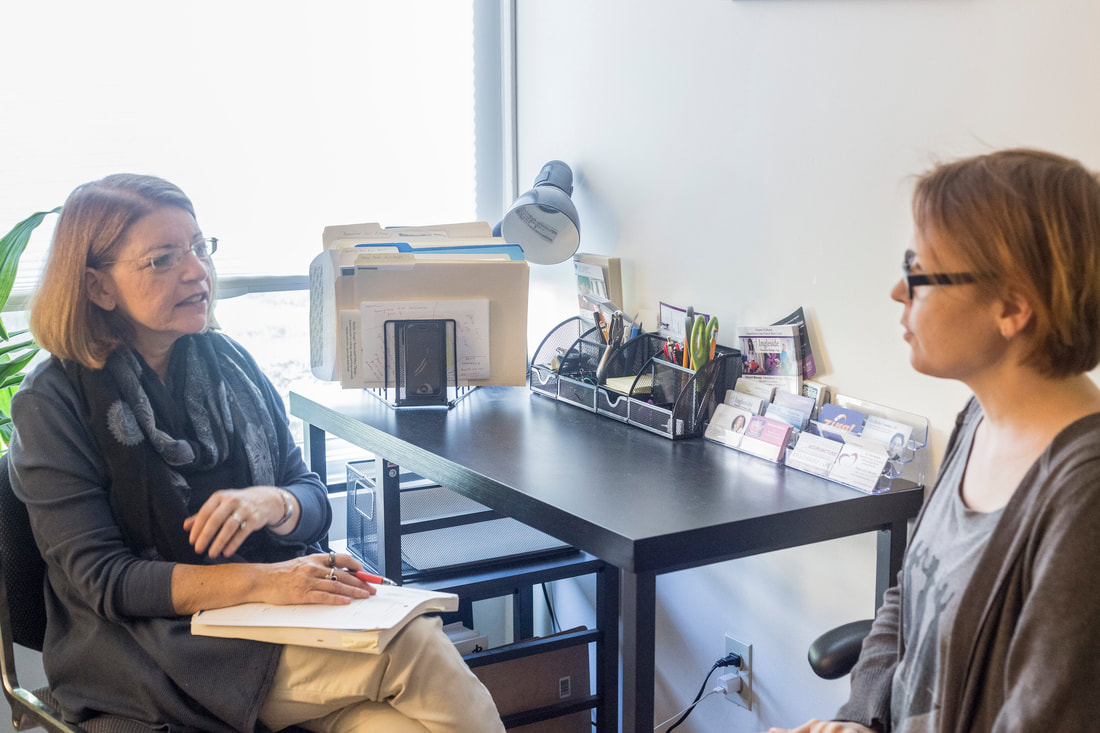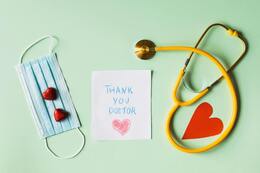 Do you have an upcoming doctor’s appointment that you’re a little anxious about? Or have you put off scheduling one? Read on to learn why Western Medicine is important and how to make the most out of medical visits. Western Medicine excels at two important aspects of health, screening for serious illness and offering lifesaving treatment. I had firsthand experience with this when I was diagnosed with and then treated for chronic kidney disease, eventually getting a kidney transplant. This care kept me off of dialysis and extended my life by many years. It also meant that I had many, many medical appointments over the past two years. Here are some of the things that I learned. Get an annual physical. There are health conditions like cancer and heart and kidney disease that can progress undetected for a long time. While being evaluated as a potential donor, they discovered a growth on one of my husband’s kidneys. Because this was detected early, they were able to remove it before it became problematic. Work with doctors and nurses that you like and respect. When I had a lot of uncertainty about whether I would find a kidney donor, it was so helpful to have a doctor who assured me that he would help me get through whatever happened. When I found a donor, my transplant team was fabulous. They listened to me, honored my requests and answered my questions. Arrive early for appointments. Be sure to leave plenty of time to get to appointments. Give yourself extra time in case there’s traffic. Leave time to find parking and the medical office. Doctor’s visits can be stressful and it helps to be able to relax for a few minutes in the waiting room. My blood pressure could be up to 30 points higher than usual when I first arrived for an appointment. When I sat and relaxed, it would drop significantly. Bring a list of medications & supplements that you are taking. Every doctor, nurse and medical assistant that I met with so appreciated having a one-page list of medications and supplements that I was taking, including what time I took them. This made their job much easier. Bring a written list of questions. Most medical appointments are over in a short amount of time. If you write down your questions it’s less likely that you’ll forget questions that you have. Ask questions about things you don’t know or are concerned about I learned that as a patient you always have the right to ask questions about your illness and about medications and procedures that have been recommended. Bring someone with you. My husband went with me to every visit having to do with my transplant. He remembered things that I was a little fuzzy on. We were able to compare notes about our opinions about the different transplant centers that I was evaluated at. Get a second opinion. If you’re dealing with a serious medical condition, it’s helpful to get a second opinion. It takes a little more time, but the payoff is either increased confidence in the original diagnosis or knowing that you may need to do more research to get the care that you need and deserve. Get clear about your preferences. Ultimately, each of us has to make decisions about our care. Surgery and medications come with side effects and risk. It’s helpful to know what these are. It’s also helpful to know which medications are absolutely needed and which are optional. I decided that I didn’t want to be on Prednisone, often prescribed for life after a transplant. I had to specifically ask for this based on my understanding of its risks. I made a good case, and while it was used right after surgery, I was off of it by the time I left the hospital with the blessings of my doctors. Oxycodone, Tramadol, Pepcid and Senna were prescribed after surgery but when I asked, I was told that I didn’t have to take them. My team was fine with me taking extra strength Tylenol and eating healthy. Western medicine offers lifesaving care. And, in the world we live in today, we have to be good advocates for ourselves. It can be a lot and at times overwhelming. I hope that my recommendations will make the process easier for you. As we advocate with our doctors, nurses and other providers, we also have to take care of our minds and bodies on a day-to-day basis. In my practice, along with treatments, I offer practical advice to help my patients with diet, exercise and emotional well-being. I write a lot about this in my blog on health and my Yummy Healthy Food blog. Take a look. If you’re interested in individualized, ongoing care, please do schedule a free online consultation. All best, Bonnie
0 Comments
Ever feel overwhelmed with health issues? Not sure what to do next? In these moments, you may not realize all the ways that you are taking care of yourself. I just heard about a practice that might be helpful. Get an empty jar and some pennies. Each time you do something that is part of the healing process, put a penny in the jar. Take a deep breath and put a penny in the jar. Make a cup of tea, put a penny in the jar. Make a phone call to one of your health care providers, put a penny in the jar. Call a friend, put a penny in the jar. Eat a vegetable, put a penny in the jar. Etc… This process will shift your mindset from one of scarcity to one of abundance. It will help you dig deep into the resources that you currently have. It may give you new ideas about what your next steps will be. It will help you find small changes that over time will have a positive impact on your life and health. Each time I have to personally deal with health challenges, I learn a little more about the healing process. I’ll be sharing some of the lessons that I’ve learned in an online workshop at River Valley Coop on Wednesday, April 17th at 6:30. Remember, even when it’s difficult and painful and takes time, you have the power to heal. With Blessings, Bonnie Has cold and flu season been running rampant in your family? It seems like every day someone I know has come down with a bug. It happened to me a few weeks ago, giving me the opportunity to practice the kind of self-care I'm always talking about.
You see the body wants to heal. It's something each of us is doing all the time. We recover from cuts, scrapes, colds, broken bones, headaches, the flu all the time. And we don't always acknowledge it. So even if you're feeling crappy at the moment, most likely a week from now that feeling will just be a distant memory. But probably you want to do something to feel better today. I'm going to share with you my favorite at-home cold and flu remedies to help you and the ones you love to get healthy, naturally! 1) Rest You may think you're not doing anything when you're in bed resting from a bug. Nothing can be further from the truth—in fact, rest is perhaps the most important at-home cold and flu remedy! Your immune system is hard at work getting rid of germs that have invaded your bodies. Your cells are building energy. 2) Drink Tea Cold Season Tea is one of my favorite natural remedies for a cold. It contains herbs that warm the body and get rid of those pesky germs. As soon as I feel myself coming down with a cold, I start drinking cup after cup of this. I feel the bug moving out. It's kind of magical. Ginger lemon tea is another favorite of mine if you're feeling down and out with a cold or flu. Simply buy fresh ginger root at the supermarket. Wash it and cut it into thin slices. Then put them in the freezer. When you're ready for a cup of tea, put a few of the frozen slices in a cup, then add boiling water and some lemon juice. Also, add a little honey if you have a sore throat. 2) Use a Saline Rinse I do a nasal saline rinse every day, regardless of the season. I like the squeeze bottle by Neilmed. Fill it with distilled or boiling water (important) and a packet of saline. I microwave it for 22 seconds. The salt kills bacteria from infections in the nasal cavity. 3) Try Homeopathic Remedies. Homeopathic remedies are made by taking minuscule amounts of something that brings on symptoms in a healthy person, diluting these, and treating an illness in a person with similar symptoms. I like Oscillococcinum for colds and flus. You can purchase this at CVS or your local pharmacy. 4) Elderberry Syrup This works great for coughs and can be purchased at Vitacost. 5) Eucalyptus oil in a pot of boiling water Add a few drops of eucalyptus oil to a pot of boiling water and breathe in the steam. These natural cold and flu remedies are all easy to buy and prepare, and they are all good for the body. Pick 2 or 3 of your favorites, and you'll be feeling healthy in no time. Your immune system just needs a little TLC to get rid of and keep you from catching colds and flus. 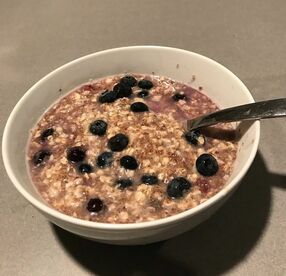 I'm truly on a mission to help you live healthier. I keep sharing things that have worked in my own life. Some of you know how jazzed I've been about my "miracle breakfast." I started eating this when I realized that I wasn't getting enough fiber in my diet, even with eating whole grains and lots of veggies. (We should be getting between 30 to 50 grams of fiber a day. Average Americans only get 8-15 grams.) I knew I had to make some changes. I realized that I was often leaving the house with a Kashi bar and not eating a full breakfast. So I switched to a really healthy bowl of oatmeal with lots of yummy stuff. Why oatmeal? From a Chinese medicine perspective it's a food that strengthens the digestive and nervous systems, removes cholesterol from the body, and renews bone and connective tissue. From a sense of ease perspective, it's something that can be prepared in minutes and available wherever you are. (Just be sure that it's the kind with no added sugar.) I often bring packages of instant oatmeal and a mix of almonds, flaxseed and fiber when I'm traveling. Here's my miracle breakfast with amounts of fiber. 1 package instant organic oatmeal 4 grams 1/4 cup almonds 3 grams 4 TBS ground flaxseed 6 grams 1/3 cup Trader Joes Frozen Berry Medley 3 grams 1 TBS Great Shape Natural Fiber Supplement* 5 grams ________ 24 grams *You might want to add this slowly to avoid gas and bloating. If I still haven't convinced you, take the challenge. Try starting everyday for 3 weeks with my miracle breakfast. Let me know how you feel. Interested in learning more about how to live a healthy life with ease? Find out about my Roadmap to Health 6 Week Class. Wishing you health and well-being, Bonnie 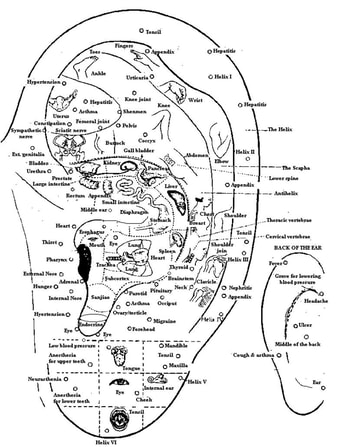 Ear acupuncture is a little different from full body acupuncture in that the ear is considered a microsystem of the body. Although some ear points were mentioned in Chinese texts as far back as 500 BC, auriculotherapy as we know it today was developed by Dr. Paul Nogier, a French physician, in 1957. Dr. Nogier noticed a scar on the upper ear of some of his patients. He found that all of them had been treated for sciatica pain by a local lay practitioner. This woman had cauterized a specific area of the external ear in order to relieve their low back pain. Dr. Nogier conducted a similar procedure on his own sciatica patients and found that their back pain was also reduced. He then tried other means of stimulating this "sciatica point," including the use of acupuncture needles, and found that they too were effective in alleviating sciatica pain. Dr. Nogier theorized that if an area of the upper external ear is effective in treating low back pain, maybe other parts of the ear could treat other parts of the body. Nogier theorized that the ear represents an inverted fetus and points in the ear correspond to parts of the body. Points for hands and feet can be found at the top of the ear, while the face is represented on the bottom of the ear. What’s interesting is that a similar map of the body, called the homunculus, exists in neurons on the cerebral cortex (outermost sheet of neural tissues in cerebrum and some vertebrae), in the thalamus and in the brain stem. This model was first presented to naturopathic practitioners in France in 1957, then spread to acupuncturists in Germany, and finally was translated into Chinese around 1958. During 1958 a large study on the effectiveness of this acupuncture technique was conducted by the Nanking Army Ear Acupuncture Research Team using over 2,000 patients. Dr. Nogier's theory of an inverted fetus was accepted as clinically accurate, and during the cultural revolution so called 'barefoot doctors' were trained in the simple techniques of ear acupuncture In 1990, the World National Organization conducted an international meeting and standardized auricular anatomical names for the points that had been used in Chinese and French auricular acupuncture for many years. By 1995, the World Health Organization, in tandem with the Chinese Government, defined the location of 91 specific ear acupuncture points. Nogier acknowledged that Chinese traditional medicine had been using ear points for acupuncture prior to his discovery, but these had been considered empirical points for particular treatments and were not associated with representation of the homunculus in the ear. This new discovery allowed for greater treatment possibilities. In the US, Terry Oleson who has a PhD in pychobiology published a paper on his research findings. He had 40 patients examined to find areas of their body with musculoskeletal pain. The patients were draped and doctors examined the patients' ears for elevated skin conductivity or tenderness with no knowledge of their medical conditions. The correspondence between the medical diagnosis and the auricular diagnoses was 75.2%. In addition, MRIs show that there is a correspondence between points in the ear, sections of the brain, and areas of the body. Ear acupuncture is a type of treatment that has not only been verified by science, but also leads to clinical success when used to the patients in my office. It works particularly well for pain, addiction and stress! 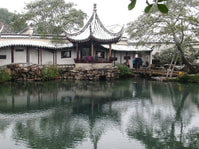 Chinese medicine dates back over three thousand years. The oldest book on Chinese medical theory, The Nei Jing, was written between 300 and 100 BC. It describes the theory and application of yin and yang and the five organ, element system. It teaches the causes of disease, explains how to diagnose illness, and tells how energy flows through the body. It still serves as the theoretical basis of acupuncture which today is one of the most widely used forms of medicine in the world. Although acupuncture is ancient, it has only been practiced in this country for about 50 years. In 1972, a New York Times reporter, James Reston, accompanied Henry Kissinger to China. While there he had emergency appendectomy surgery and was so impressed by the post-surgery acupuncture he received, he wrote about his experience. This created interest in the modality in the US. In 1974, the first acupuncture school in this country, the New England School of the Acupuncture (NESA), was opened. I studied there, graduating and receiving my license in 1998. Most folks don’t know this, but there are several different styles of acupuncture. These styles that evolved as Chinese medicine spread to different countries. Acupuncture arrived in Japan in 562 AD. Schools were established during the 8th century. Acupuncture was considered an appropriate vocation for the blind, and as a result, acupuncturists in Japan developed extremely sensitive kinesthetic skills. They learned to get information by feeling the pulse and palpating the abdomen. In Japan, acupuncturists apprenticed with masters and learned by observing their work. At NESA, after the first year of training, students have to choose to study between a Chinese or Japanese acupuncture track. I chose Japanese and began studying the style of a well-known acupuncturist from Japan, Kiiko Matsumoto. Kiiko, to this day, studies with the masters in Japan and brings their teachings to the US, carrying on a several thousand year old tradition. I continue to study with her and feel honored to be a part of this ancient way of healing. 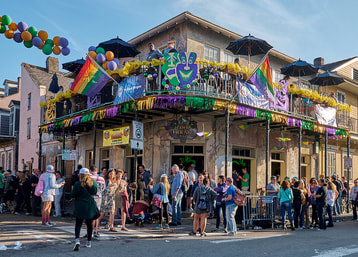 I traveled to New Orleans a few weeks ago. I knew I had truly arrived when our Lyft driver said "How ya doing, Miss Bonnie?" I had made a lunch reservation and when we arrived I was greeted with "Welcome, Miss Bonnie." On a shuttle bus to Mardi Gras World the driver asked if this was my first time in New Orleans. When I said it was my second, he replied "Welcome Home." New Orleans is a great place to travel to. The food, music, warm weather, welcoming people make it so special. Being there feels like getting a big hug. But I want to tap into something deeper. The importance of social connection. Not just because it makes us feel good -- although this is important. But because it makes us healthier. Here's what the experts have to say:
Here is "Miss Bonnie's" take on all this:
One of the reasons that I love Eastern Medicine is because of its emphasis on connection. In the 5 element/5 organ system that we use no one organ/element exists on its own. The energy of the liver feeds the heart, the heart energy feeds the spleen, the spleen energy feeds the lungs, the lung energy feeds the kidneys, the kidney energy feeds the liver. The cycle is completed and begins again. As people we may feel isolated, but we never exist in true isolation. With you in spirit… Bonnie Sources: www.nytimes.com/2017/12/11/well/mind/how-loneliness-affects-our-health.html https://well.blogs.nytimes.com/2013/05/13/shaking-off-loneliness/ www.apa.org/news/press/releases/2017/08/lonely-die.aspx www.nytimes.com/2016/12/22/upshot/how-social-isolation-is-killing-us.html 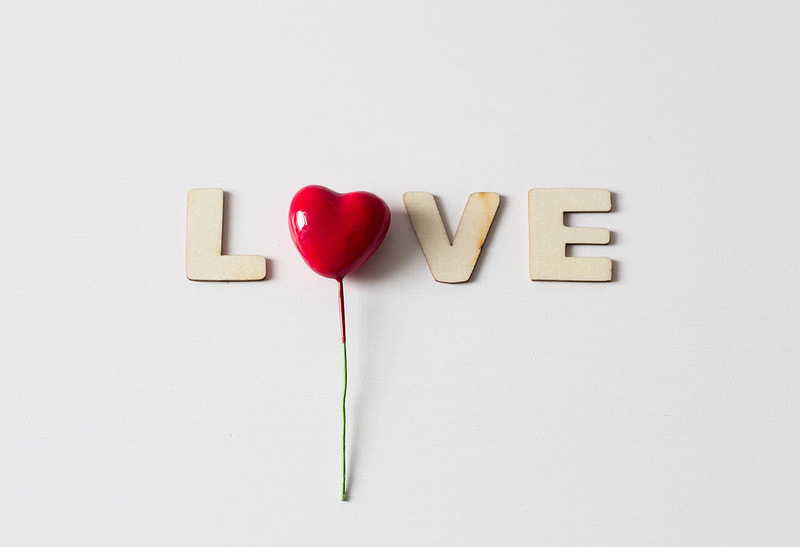 February is almost here, and I’m thinking about Valentine’s Day! For me it’s a day not just about romantic love, but about all forms of love and how love is expressed. I want to share with you an exercise that I've done over the past month. It's called "Where Does Love Live?" Each night I wrote a sentence or two about where love lives that day. It's been a great way to check in about what I'm doing, thinking and feeling. Here are notes from my first few days writing about where love lives. 12/21 On a dark night, driving on the highway from Massachusetts to Cleveland, remembering my first road trip with Dan 14 years ago. (We met carpooling to Bethel, Maine for a ski trip & we’ve been together ever since.) 12/22 Sitting between my tall, beautiful nieces on the way to lunch at Stone Oven. Watching the way they connect with each other. 12/23 Staying at my mother-in-law’s condo. Being able to relax, read, study...no responsibility. I'm realizing how often I jump from task to task without reflecting on what truly brings me joy. Don't get me wrong, I live a good life -- I love my work, my husband, my home. But it's easy to get into routines and wake up day after day thinking that there is a little something missing. By reflecting on where my heart is at the end of each day, I feel a kind of awakening. I get the realization of what is working in my life, as well as where I want to be heading. You may too! Roses and chocolate may be symbols of love, but why not look into you heart and see what it has to say. You may be surprised. If you try this exercise, feel free to share your thoughts with me. Sending loving and healing energy… Bonnie |
AuthorIn practice for over 20 years, Bonnie Diamond offers individualized, heart-centered care using a pain-free, Japanese style of acupuncture. Her work is influenced by her nine year struggle with and complete recovery from Chronic Fatigue Syndrome. Archives
April 2024
Categories
All
|
Serving Easthampton, northampton, Holyoke, Springfield, Chicopee, Westfield and Western Massachusetts
|
Hours are Tuesday-Thursday, 11am-7pm
|
247 Northampton Street, #27 Easthampton, MA 01027 781-718-6325 Get directions Get information on other complementary health resources recommended by Staying in Balance. Pioneer Valley Community Resources |
Copyright 2000-2022 All rights reserved.
